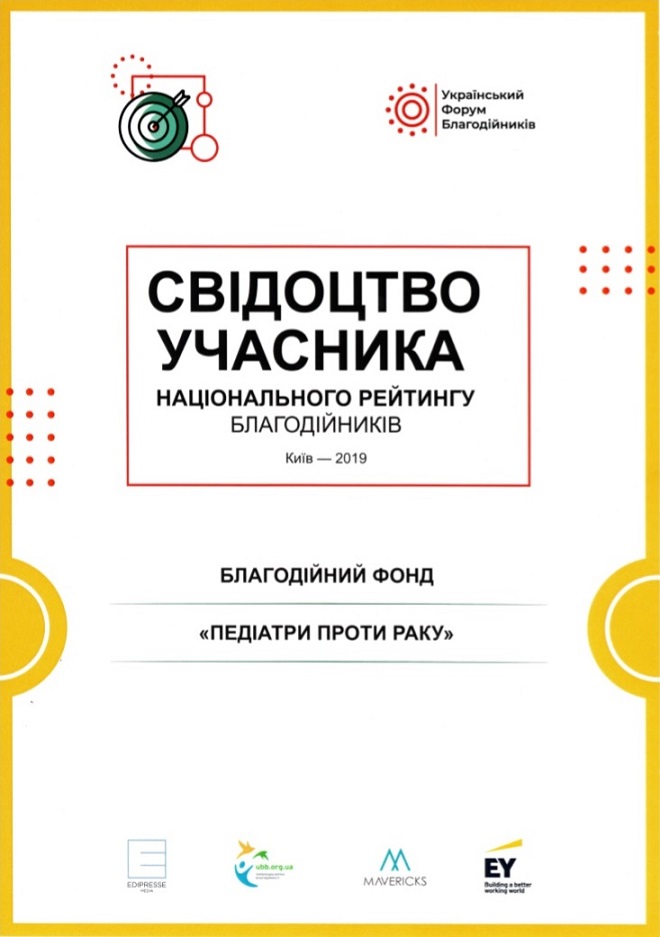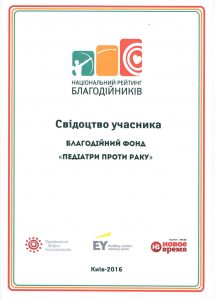WASHINGTON,DC,USA,OCTOBER12–15,2017,SIOPABSTRACTS
P-196 MechanicalDamageofKnee EndoprosthesisinChildrenwithMalignantBone Tumors V. Kobys1, V. Konovalenko2 1KievCityOncologyCenter,PediatricOncology,Kiev,Ukraine; 2Institute ofExperimentalOncology,DepartmentofOsteology,Kiev,Ukraine Background/Objectives: Due to the growth of the child and the increase of body mass, the mechanical load on the endoprothesis significantly increases, and extension of the prosthesis increases the arm of force on the endoprosthesis stem. Over time this leads to fracture of the femoral endoprosthesis stem and the need for reoperation to replace the endoprosthesis. Design/Methods: During the period from 2000 to 2016, we operated 50 patients with malignant femur bone tumors aged 7 to 18 years, the average age was 11.5 years. 16 (31%) of them had a fracture of the femoral bone endoprosthesis stem in the period from 3 to 10 years after the arthroplasty. The material was titanium endoprosthesis or kobal-chromiummolybdenum alloy. Rod diameter femoral stem was 10 to 12 mm. Results:All patients with a fracture of the femoral endoprosthesis stem had reimplantation of the stem, mostly with a stem of a larger diameter. There was no deterioration of limb function. In cement endoprosthesis the stems were removed without cutting the bone containing the fragments of the stem. In the cement-free prosthesis, longitudinal osteotomy was performed to extract fragments of the endoprothesis stem.
Conclusions: When implanting knee endoprotheses in children, preference should be given to cement endoprosthesis because of the high risk of fracture endoprosthesis legs. They are much less traumatically removed when replacing endoprosthesis stems. Later, when the patient stops growing, cement-free endoprosthesis can be implanted.









